The experience of advanced countries such as South Korea, Singapore and China shows that success lies not only in the issuance of incentives, but in the way they combine tax policy, public investment, human resource development and transparent governance.
South Korea: Tax incentives combined with focused industrial strategy
South Korea is a typical example of a “constructive state” model, where industrial policy and R&D policy are closely linked. The Korean government implements a flexible tax incentive policy that allows businesses to deduct a portion of their R&D expenses, with a higher proportion of support for small and medium-sized enterprises (SMEs) to stimulate private sector innovation.
In parallel, Korea has implemented direct public funding programs and strategies to select key industries, such as semiconductors, batteries, biotechnology, and new materials. The state does not replace businesses, but plays the role of "architect" in building infrastructure, supporting human resources, and creating output markets through public procurement policies.

The Korean government implements flexible tax incentive policies.
Singapore: Simple, transparent and committed to efficiency
Singapore chooses to go “less but deeper”: Clear incentives, simple procedures, and a commitment to transparency. The Economic Development Board (EDB) and Inland Revenue Authority (IRAS) programs focus on tax deductions for R&D costs, along with many conditional grants for projects with clear economic impact.
The highlight is that all businesses that want to be eligible for incentives must commit to specific results, such as the number of quality jobs created, the rate of technology transfer, or productivity growth. Singapore is also developing innovation zones, which are home to research institutes, startups, and high-tech businesses, with an open ecosystem and flexible legal framework.
China: Large-scale incentives, but strict control needed
China has opted for strong, large-scale incentives through the "High and New Technology Enterprise" (HNTE) program, applying a preferential tax rate of 15% instead of the usual 25%. In addition, the R&D super deduction mechanism allows businesses to deduct up to 200% of research costs when calculating income tax, a policy that the OECD has assessed as having the strongest R&D stimulus impact in the region.
But the broad scope of the policy also poses risks: A lack of transparency and post-incentive audits can easily lead to abuse. So in recent years, China has tightened its certification process, increased post-incentive audits, and required public disclosure of R&D data.
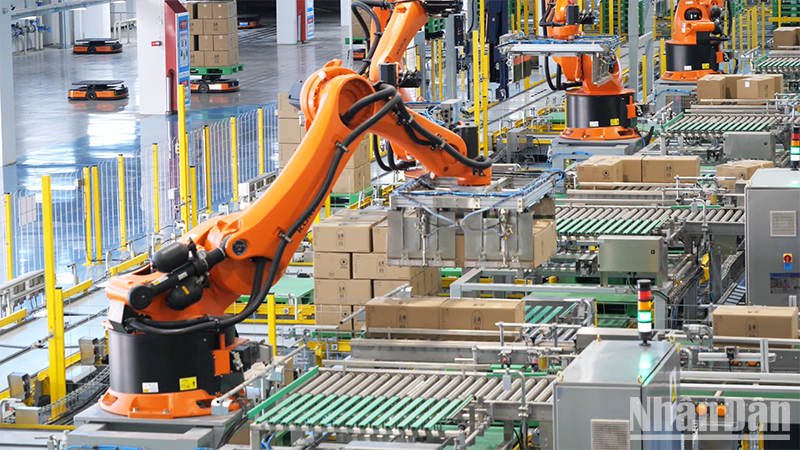
China chooses strong incentives.
The experience of Korea, Singapore and China shows that incentives are only meaningful when accompanied by real, transparent conditions and a comprehensive support ecosystem.
The draft Law on High Technology (amended) chaired by the Ministry of Science and Technology is opening up a great opportunity for Vietnam to redesign its policy in that direction, a modern, flexible legal framework and investment orientation in core technology.
If Vietnam can combine Singapore's spirit of transparency, South Korea's industry strategy and China's scale of incentives in a practical institutional framework, the new Law will not only be a management document, but also become a strategic lever for Vietnamese enterprises to engage in innovation, master core technology and reach out to the global market.
Source: https://mst.gov.vn/chinh-sach-cong-nghe-cao-bai-hoc-tu-cac-quoc-gia-tien-tien-197251012133828832.htm







![[Photo] Solemn opening of the 1st Government Party Congress](https://vphoto.vietnam.vn/thumb/1200x675/vietnam/resource/IMAGE/2025/10/13/1760337945186_ndo_br_img-0787-jpg.webp)


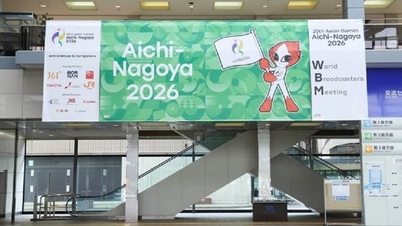

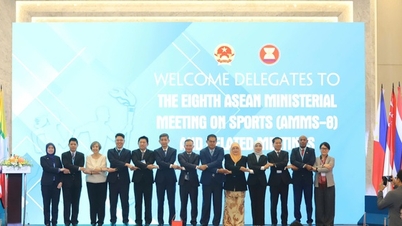
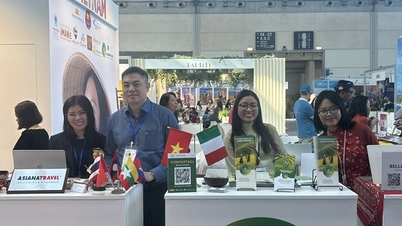
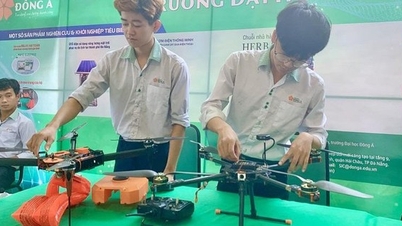




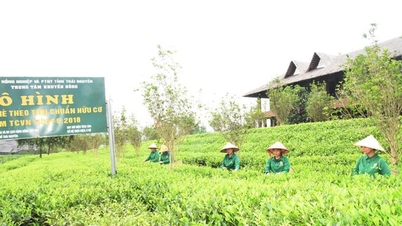
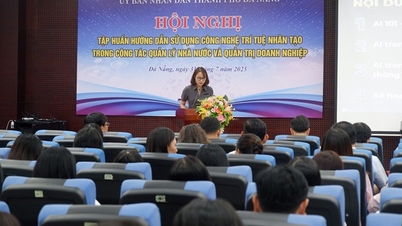
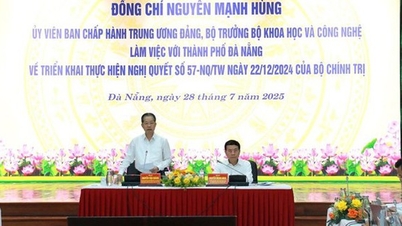
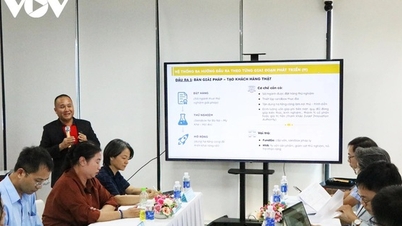
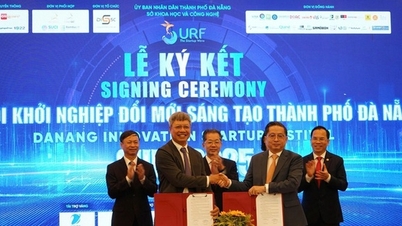
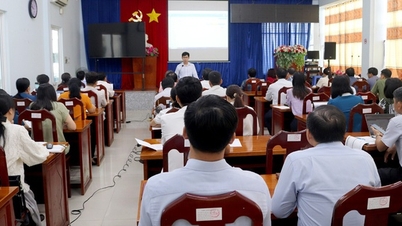
![[Photo] General Secretary To Lam attends the opening of the 1st Government Party Congress](https://vphoto.vietnam.vn/thumb/1200x675/vietnam/resource/IMAGE/2025/10/13/1760321055249_ndo_br_cover-9284-jpg.webp)




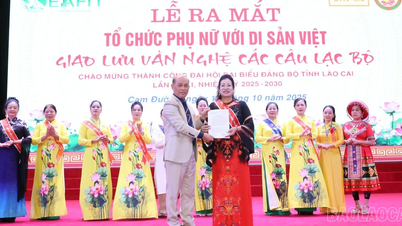

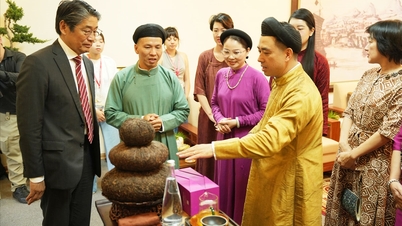







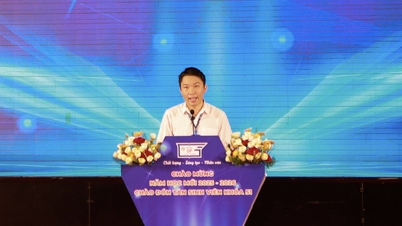





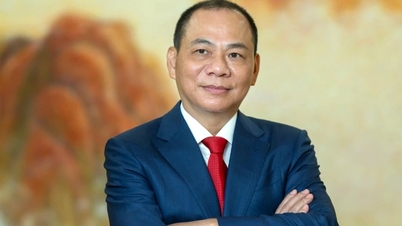





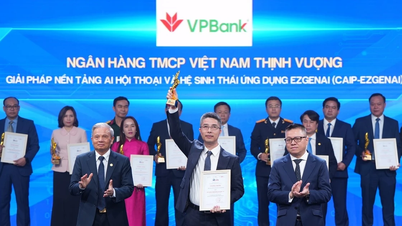


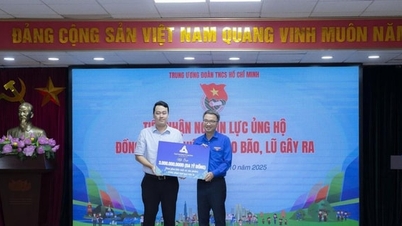

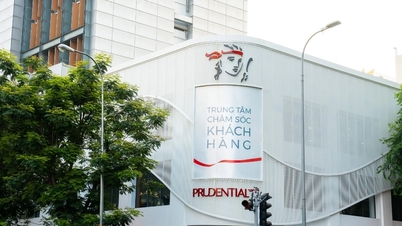
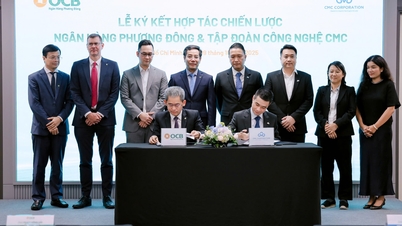

















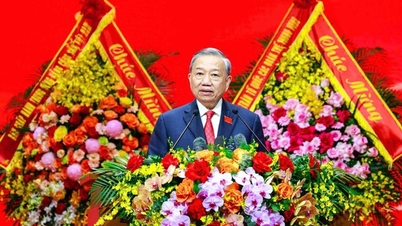
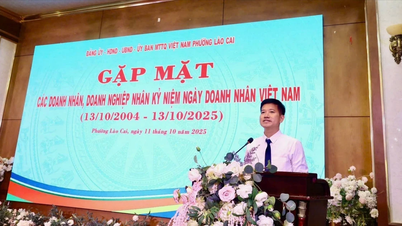
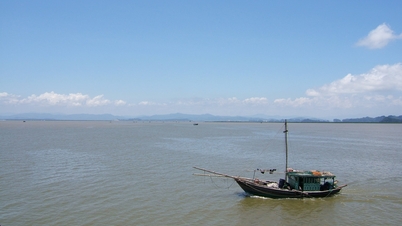
















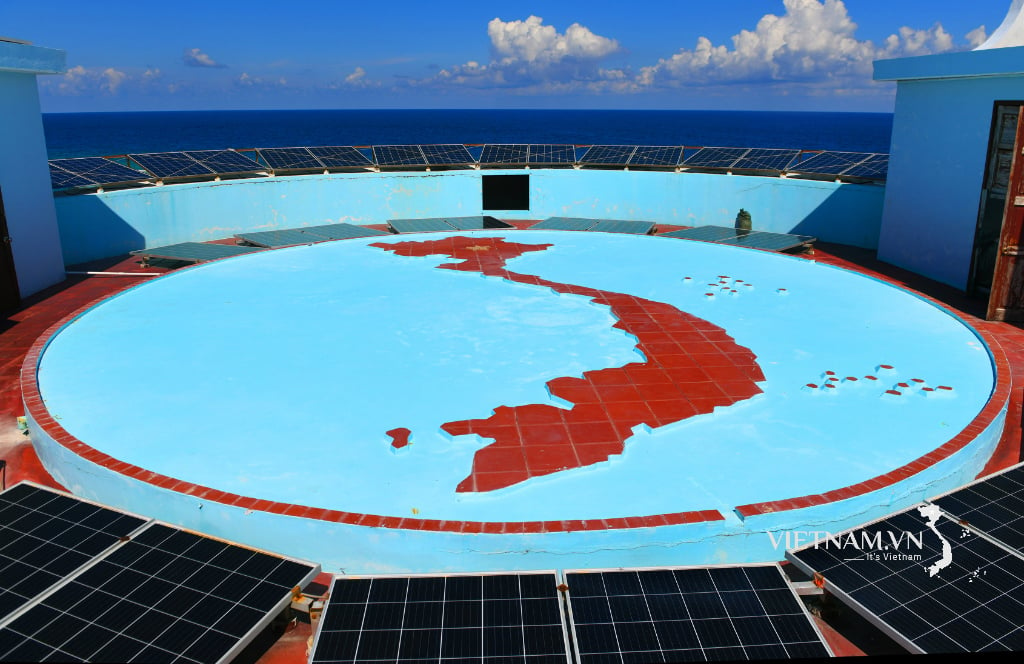



Comment (0)